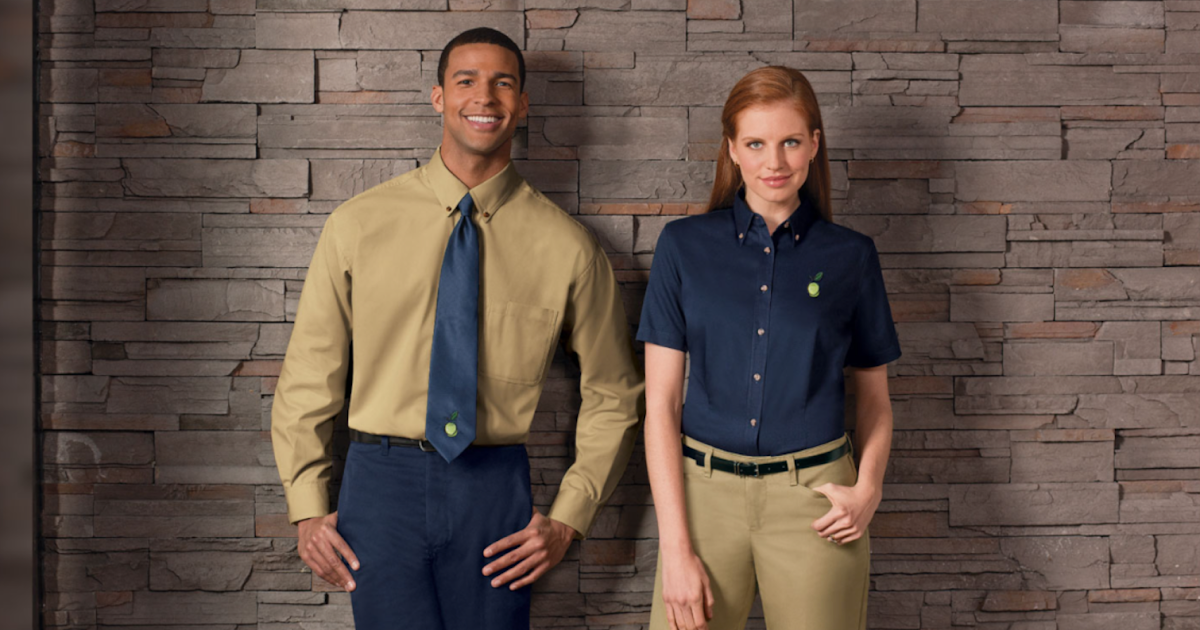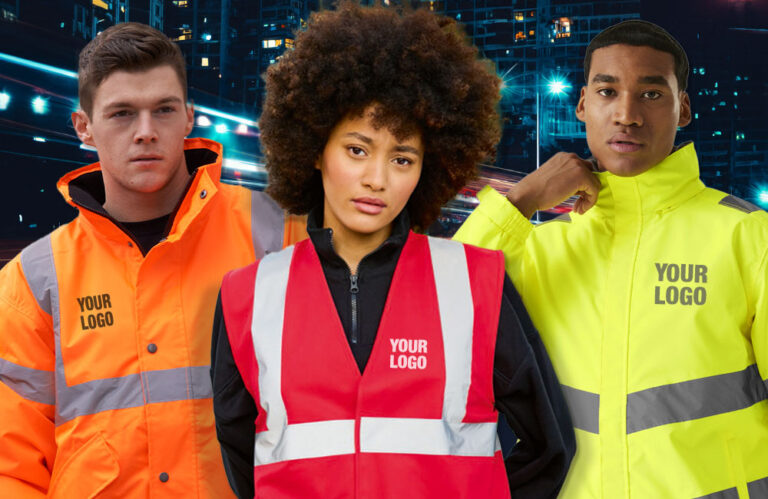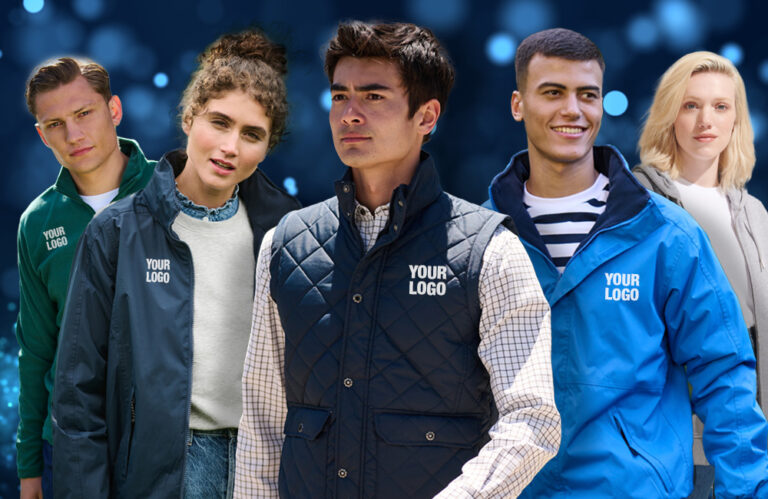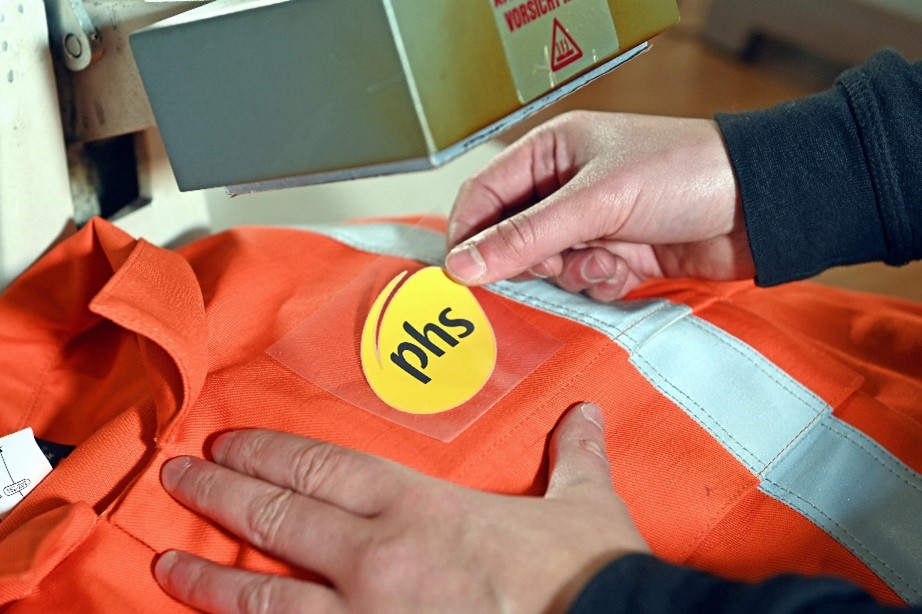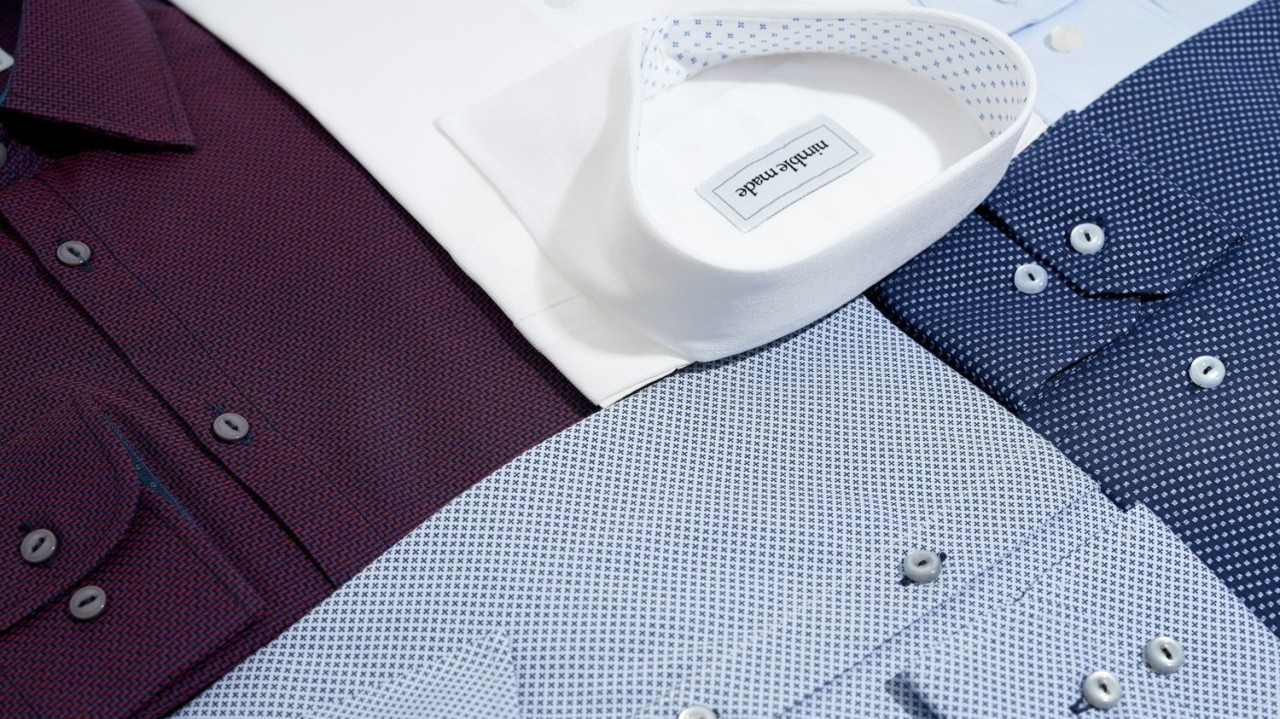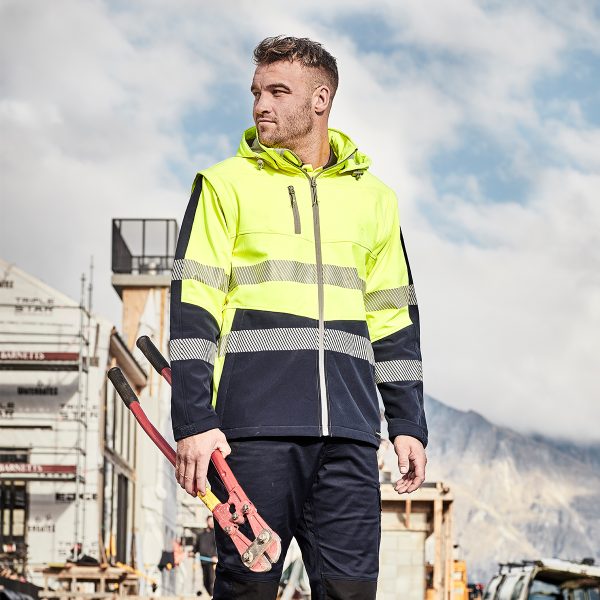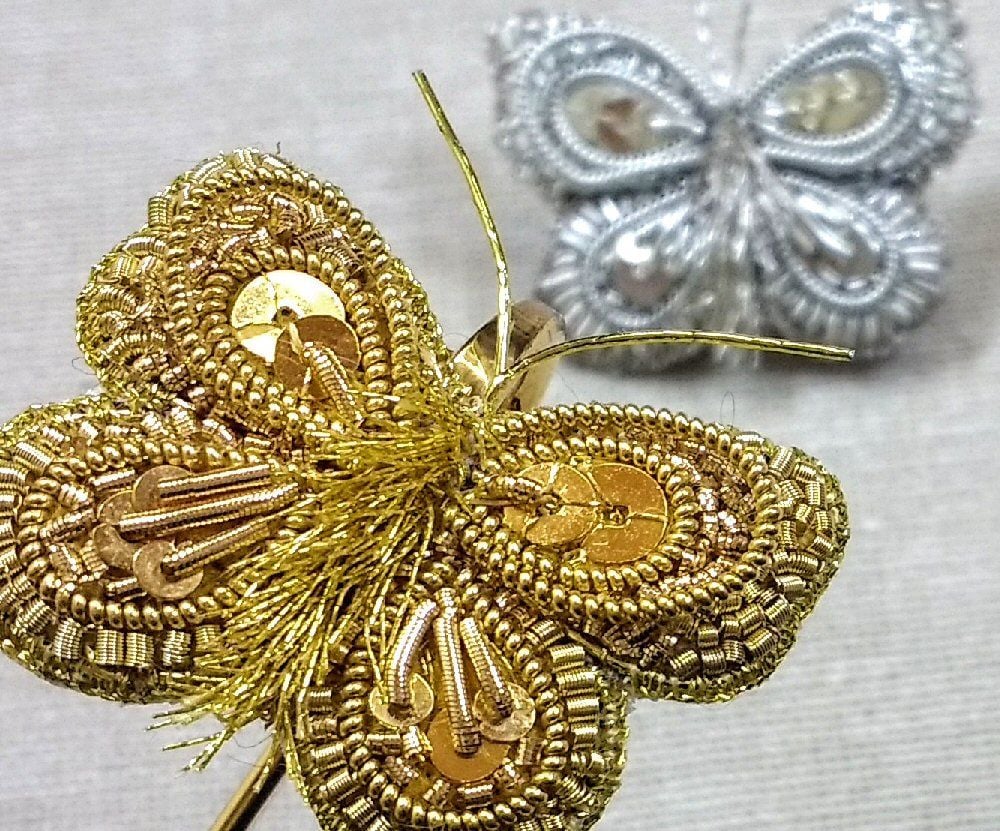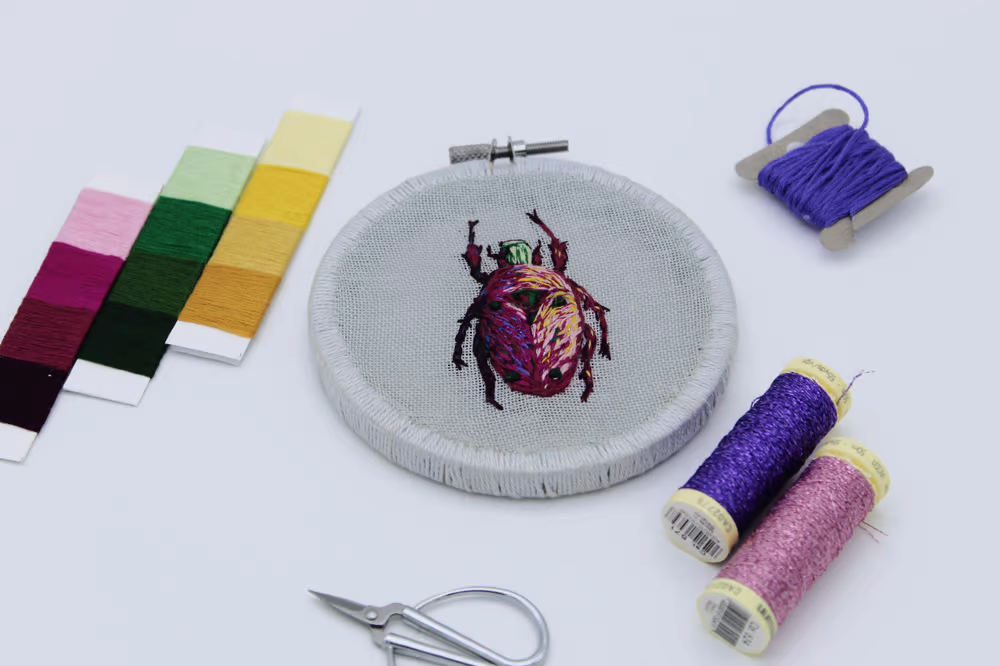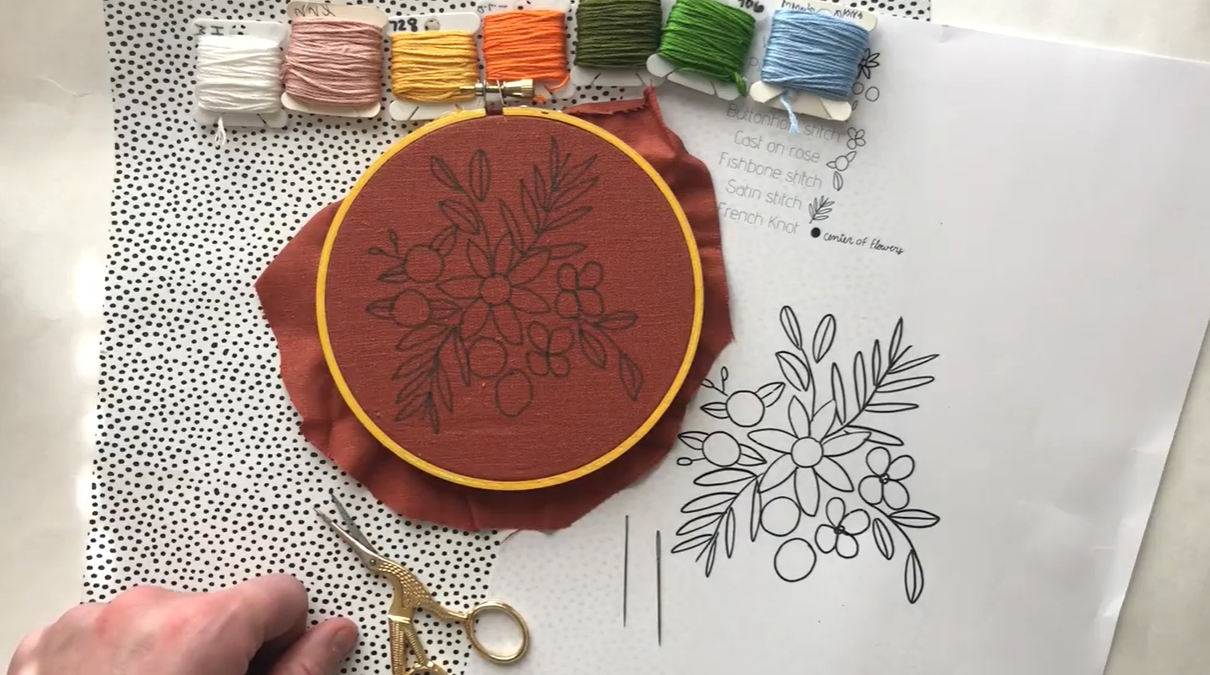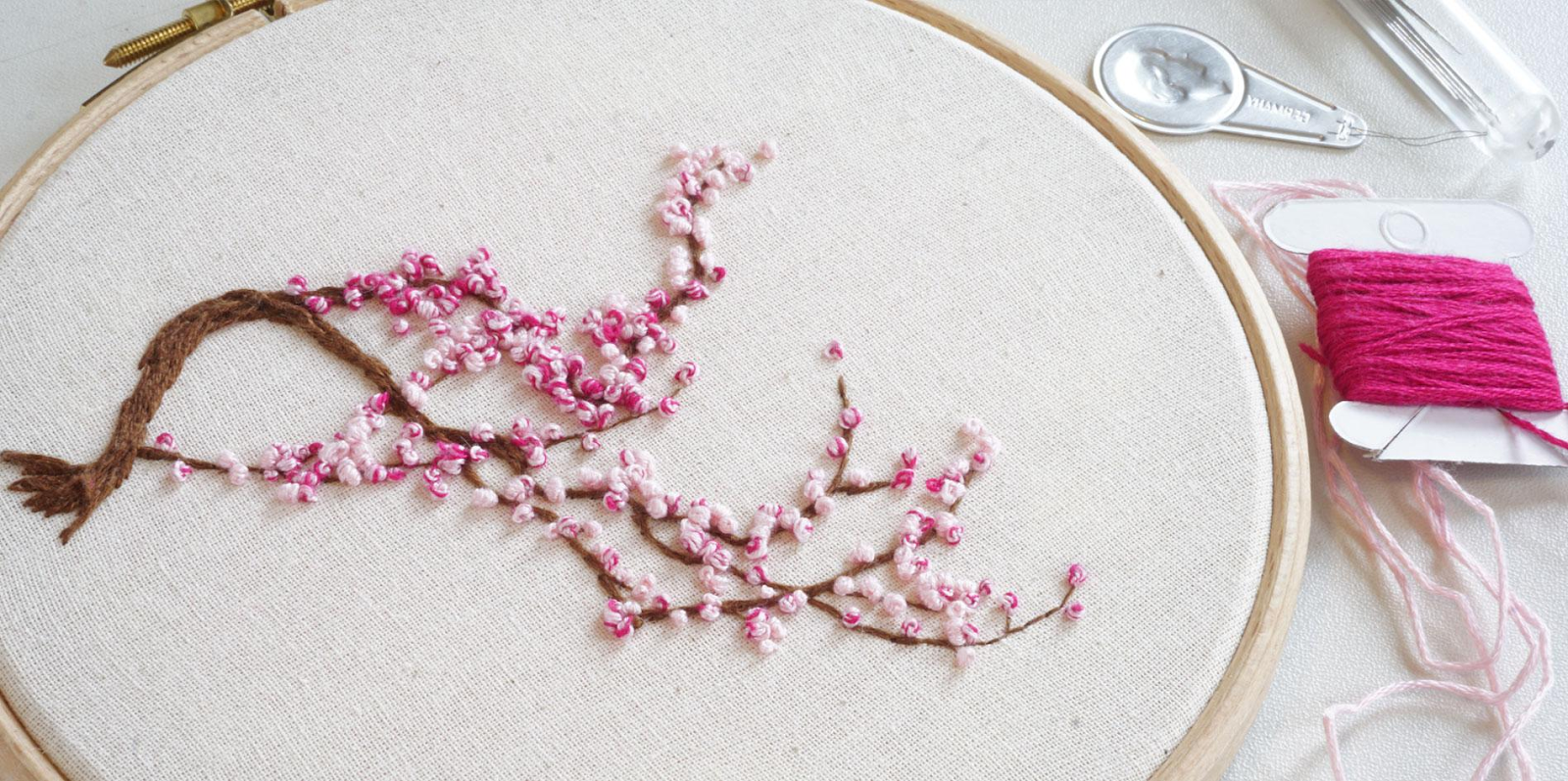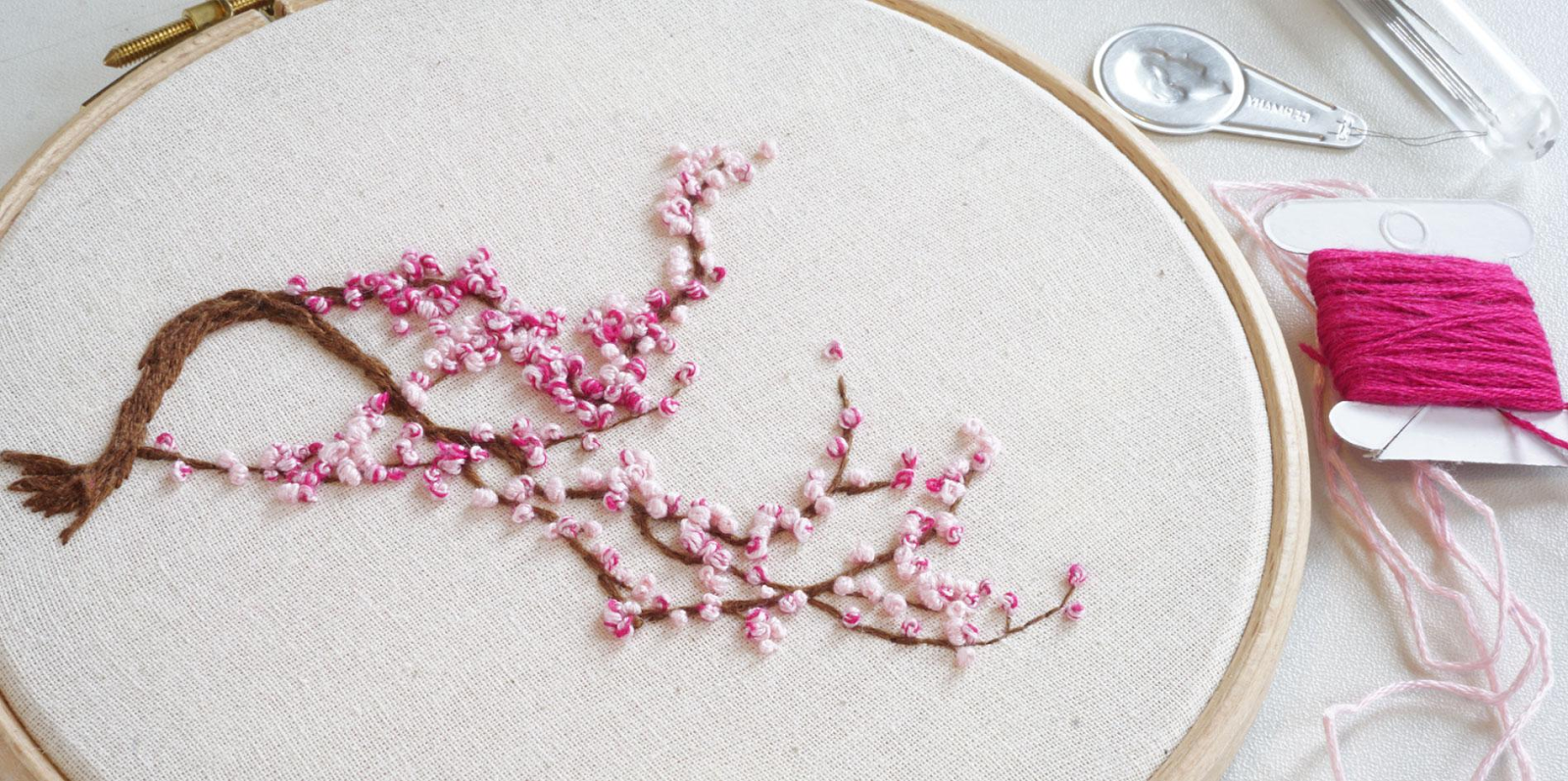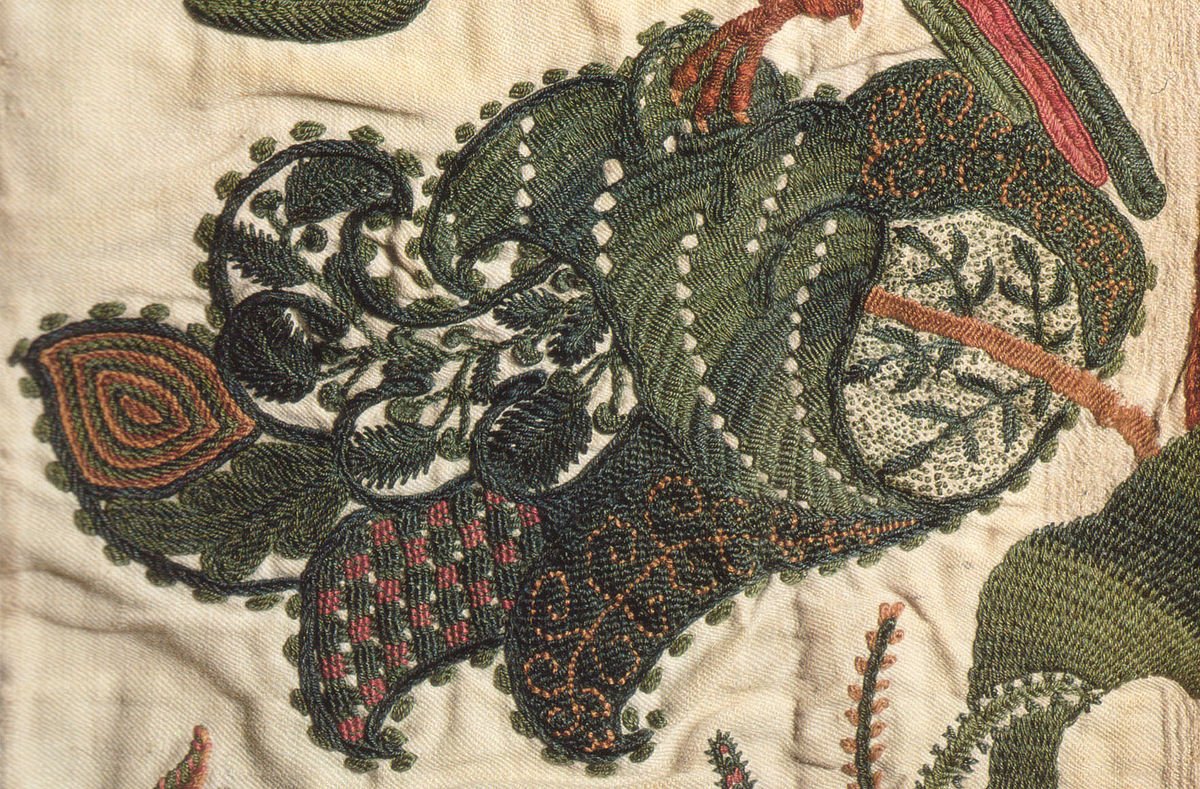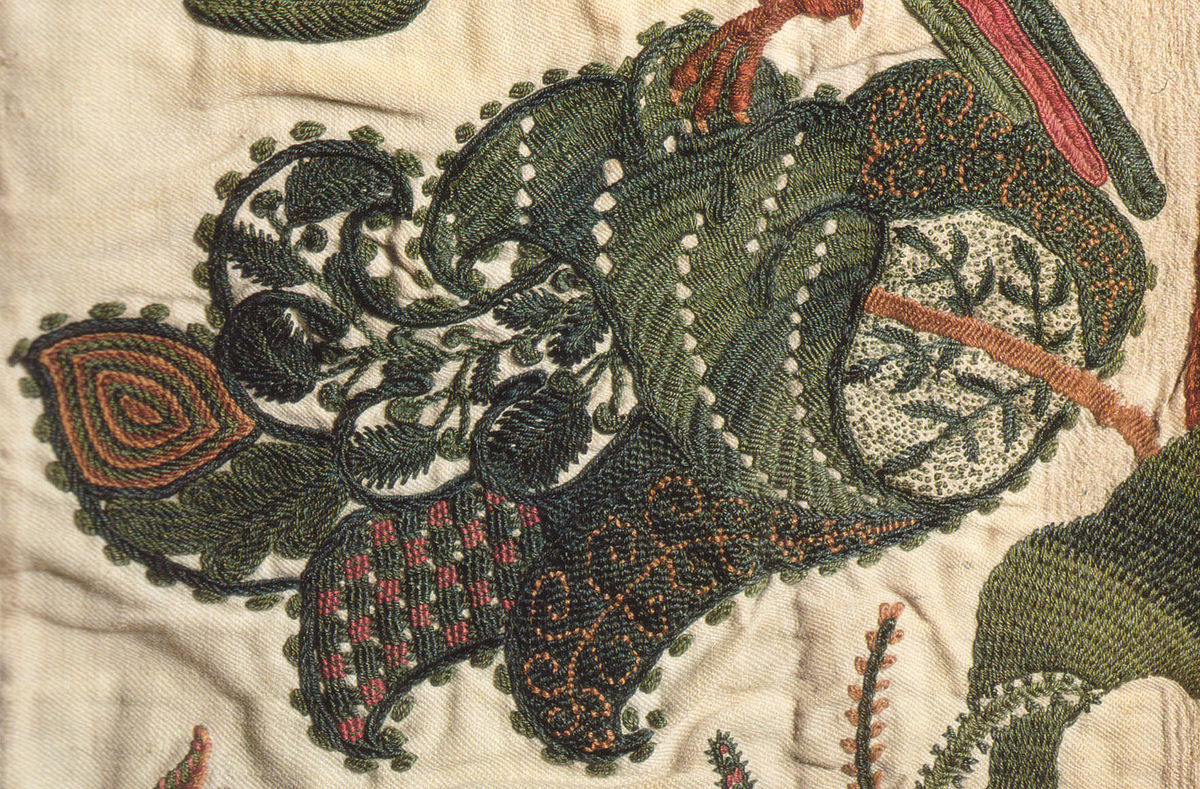The Power of Branding on Workwear
In today’s competitive marketplace, building a strong, recognizable brand is essential for success. One of the most effective and often overlooked ways to promote your brand is through branding on workwear. Workwear branding serves as a powerful marketing tool that boosts visibility, enhances professionalism, and fosters a sense of unity within your team. This article will explore the power of branding on workwear and how it can transform your business.
Why Branding on Workwear is Important
Branding on workwear goes beyond just a logo or a catchy slogan; it’s about creating a uniform presence that strengthens your company’s identity. Whether your employees are working on-site, attending client meetings, or interacting with the public, branded workwear helps reinforce your business’s image. But what makes branding on workwear so impactful? Let’s dive deeper into the key reasons.
1. Boosts Brand Visibility
The most obvious benefit of branding on workwear is increased visibility. When employees wear branded uniforms, they essentially become walking advertisements for your business. Whether they’re running errands, traveling, or attending conferences, their workwear promotes your brand wherever they go. The more exposure your brand gets, the more familiar it becomes to potential customers, clients, and business partners.
This visibility isn’t limited to just your employees wearing uniforms at work; even when they’re off the clock, they are still acting as ambassadors for your brand. Consistent, visible branding across various environments helps improve recognition and builds brand awareness.
2. Creates a Professional Image
Workwear branding enhances the professionalism of your business. When your employees wear uniforms, they create a unified, organized, and polished image that customers and clients appreciate. A well-designed uniform signals that your business is trustworthy, reliable, and committed to quality.
Whether your employees are interacting with customers face-to-face or working behind the scenes, branded workwear helps to establish credibility. Customers are more likely to engage with your team and trust your business when they see a professional, cohesive look that aligns with the brand values you promote.
3. Fosters Team Unity and Morale
Beyond promoting your business externally, branding on workwear also has internal benefits. Matching uniforms can promote a sense of unity among employees, ensuring they feel like part of a team working towards common goals. A cohesive look fosters a sense of belonging and pride in the workplace, boosting morale and employee engagement.
Moreover, when employees wear the same branded workwear, it removes any distractions related to personal clothing choices and creates a more focused, consistent work environment. This contributes to an overall positive workplace culture, which in turn improves productivity and reduces employee turnover.
How to Leverage the Power of Branding on Workwear
Now that you understand the benefits of branding on workwear, the next step is to ensure that your branded uniforms reflect your company’s values and goals. Here’s how to effectively leverage branding on workwear for maximum impact.
1. Align Your Workwear with Your Brand Identity
Before creating branded workwear, it’s important to have a clear understanding of your company’s identity. Your brand identity encompasses everything from your company’s values to its visual style. By aligning your workwear with your brand identity, you ensure that your uniforms are an authentic representation of your business.
Logo and Typography: Your company’s logo should be prominently featured on the workwear. Make sure the logo is visible yet tasteful, as it will be the first thing that people associate with your brand. If your brand has specific fonts or typography, incorporate these into the workwear design as well.
Color Palette: The colors you choose for your workwear should match your brand’s color palette. Consistent use of color helps reinforce your brand image and makes it easier for customers to recognize your business. For example, a financial institution might choose conservative colors like navy blue or gray, while a tech company could use modern, bold colors like black and silver.
Tone of Design: Think about the tone of your brand when selecting workwear. If your company is more laid-back and casual, go for designs that are comfortable and informal. If your brand is more corporate or formal, choose workwear that is polished and refined.
By aligning your workwear with your brand identity, you ensure that your uniforms contribute to a consistent and cohesive brand message.
2. Prioritize Comfort and Quality
While branding is crucial, comfort and quality should never be overlooked when designing workwear. If your employees aren’t comfortable in their uniforms, it can lead to dissatisfaction and lower morale. High-quality materials that are durable and breathable will ensure that your team is both comfortable and protected while they work.
Material Selection: Choose materials that are suitable for your employees’ roles. If your employees work in hot environments, look for fabrics that are lightweight and breathable. For outdoor work, opt for weather-resistant fabrics that provide both comfort and durability.
Fit and Sizing: Workwear should fit well, providing enough room for movement without being too loose or tight. Offer a range of sizes to accommodate all employees, ensuring they feel comfortable and confident in their uniforms.
Durability: Quality workwear should withstand daily wear and tear. Invest in durable fabrics and stitching to ensure that the uniforms last longer and maintain a professional appearance over time.
Prioritizing comfort and quality in your workwear design ensures that your employees are comfortable while maintaining a professional image for your brand.
3. Make Your Workwear Functional
In addition to branding and comfort, functionality is essential when designing workwear. Your uniforms should cater to the specific needs of your employees based on their roles. Here’s how to make workwear functional:
Pockets and Storage: For employees who need to carry tools or equipment, make sure their workwear has enough pockets or compartments. This adds convenience and ensures that employees can easily access the tools they need.
Breathability and Mobility: Workwear should allow employees to move freely and stay comfortable throughout their shift. Look for designs that incorporate features like stretch panels, vents, or moisture-wicking fabric to enhance mobility and breathability.
Safety Features: If your employees work in hazardous environments, consider incorporating safety features like reflective strips, hard hats, or safety footwear. Safety-conscious workwear not only protects employees but also demonstrates your brand’s commitment to their well-being.
Ensuring that your workwear is functional and tailored to your team’s specific needs maximizes its impact and makes your brand appear more thoughtful and professional.
Maximizing the Marketing Power of Workwear
Workwear branding isn’t just about creating a cohesive look for your team—it’s also a powerful marketing tool. Here’s how to use your branded workwear to maximize its marketing potential.
1. Workwear as a Walking Advertisement
Branded workwear turns your employees into walking advertisements for your business. Whether they’re interacting with customers, attending events, or simply running errands, they are consistently promoting your brand. Make sure your workwear is easily recognizable, with a clear logo and company colors that stand out.
You can also encourage employees to wear their branded uniforms outside of work for additional exposure. This turns your team into ambassadors for your business, reinforcing your brand’s presence wherever they go.
2. Use Workwear for Promotions and Giveaways
Branded workwear can also serve as a tool for customer engagement. Offer branded merchandise as part of a promotional campaign or giveaway to create buzz around your brand. Customers who receive free branded items will proudly wear them, spreading awareness of your business wherever they go.
Giveaways: Host contests or giveaways where customers can win branded shirts, caps, or jackets. This not only boosts customer engagement but also increases your brand’s visibility.
Trade Shows and Events: Use branded workwear as part of your marketing strategy at trade shows and events. Attendees will immediately associate your uniformed team with your business, which helps reinforce your brand.
Using workwear as a promotional tool helps expand your brand’s reach and makes your business more memorable to potential customers.
Conclusion: The Impact of Branding on Workwear
The power of branding on workwear is undeniable. From enhancing brand visibility to creating a professional image, workwear branding offers numerous benefits that can elevate your business. By aligning your workwear with your brand identity, focusing on quality, comfort, and functionality, and leveraging its marketing potential, you can maximize the impact of your branded uniforms.
Workwear branding is an investment in your business’s image, culture, and growth. By taking the time to design thoughtful, high-quality workwear, you are making a statement about your company’s professionalism and commitment to excellence. Whether you’re a small business or a large enterprise, branding on workwear is a strategy that can lead to long-term success.
